When we think of agricultural development in regions rich in potential, South Sudan emerges as a remarkable case study. Given its fertile lands, the demand for efficient farming equipment has surged, particularly for implements like the dump wagon. This essential tool can drastically improve productivity and streamline operations. In this article, we will delve into what a dump wagon is, its advantages, and why acquiring one specifically designed for tractors in South Sudan can be a game-changer for local farmers and businesses.
Understanding the Dump Wagon
What is a Dump Wagon?
A dump wagon is an agricultural tool designed to transport loose materials, such as soil, sand, gravel, or agricultural products, directly from one point to another. It features a robust build suitable for heavy loads and is often towed behind a tractor.
| Feature | Description |
|---|---|
| Capacity | Typically ranges from 1,000 to 5,000 kg |
| Material | Typically constructed from high-strength steel for durability |
| Design | Equipped with a hydraulic lifting mechanism for easy unloading |
| Compatibility | Suitable for various tractor models, including those commonly found in South Sudan |

Benefits of a Dump Wagon
- Efficiency: The transport of agricultural produce and materials becomes significantly quicker, saving time and reducing labor costs.
- Versatility: Whether it’s transporting crops to market or moving soil for field preparation, a dump wagon aids in various agricultural tasks.
- Durability: Built to withstand tough working conditions; suitable for the varied terrain in South Sudan.
- Ease of Use: The hydraulic lift mechanism simplifies unloading, requiring minimal labor, which is crucial in regions where labor may be limited.
Why Choose a Dump Wagon for Tractors?
Ideal Matching with Tractors
Tractors are invaluable assets for South Sudanese farmers, providing the power needed for a range of agricultural operations. A dump wagon complements this perfectly. It leverages the towing capacity of the tractor to enhance functionality, allowing farmers to use their existing equipment to its fullest potential.

Adaptability to Local Conditions
South Sudan’s diverse agricultural environment comes with its challenges. The ability to easily transport varying loads often makes the difference between a successful harvest and one hampered by logistical issues. A dump wagon is equipped to handle substantial weights and tackle rugged terrain, ensuring reliability even in the face of challenging conditions.
Key Features to Look for in a Dump Wagon
While considering the best dump wagon for tractors available in South Sudan, certain features should not be overlooked:
Durability and Build Quality
The dump wagon must be robust, with heavy-duty construction that can withstand South Sudan’s rugged conditions. Look for features such as:
- Reinforced chassis: Ensures stability and durability, especially when transporting heavy materials.
- Weather-resistant paint: Protects against harsh elements, prolonging the life of the equipment.

Hydraulic System Efficiency
The hydraulic mechanisms play a pivotal role in the efficiency of a dump wagon. Focus on:
- Fast-acting hydraulics: Reduces the loading and unloading times significantly, enhancing overall productivity.
- Maintenance ease: Systems that are easy to maintain help ensure minimal downtime, which is essential in a busy agricultural season.
Tire Quality and Design
Tires are the connection between the equipment and the ground, so:
- Heavy-duty tires: Designed to provide support on uneven and soft terrain without getting bogged down.
- 4-wheel drive option: Consider this for improved traction and stability, especially in challenging conditions.
The Economic Impact of Dump Wagons in South Sudan
Adopting dump wagons represents much more than just operational efficiency; it contributes to the broader economic landscape of South Sudan:
- Increased Productivity: A significant boost in transport capabilities translates to more produce reaching markets quickly, enhancing income for farmers.
- Employment Opportunities: With improved agricultural output, the need for labor in related sectors grows, creating job opportunities.
- Investment in Local Infrastructure: The increasing demand for reliable agricultural equipment pushes the development of local agricultural infrastructure.

Case Study: Successful Implementation
A local farmer in Juba recently acquired a CarMax Vehicle dump wagon for his operations. Within weeks, he noted a 25% increase in harvest collections, which enabled him to expand his crop variety and improve his financial standing. This example embodies the potential impact of investing in such equipment.
How to Choose the Right Dump Wagon for Your Needs
Navigating through options can sometimes be overwhelming due to the variety available. Therefore, consider these factors:
Assess Your Requirements
- Load capacity: Determine how much weight you will typically need to transport, keeping in mind crops and materials moving to and from fields.
- Frequency of use: Regular use means investing in a more durable, high-quality wagon to withstand such activities.

Budget Considerations
Investing in a dump wagon is a financially significant decision. Compare the costs versus the potential increased revenue from improved productivity before making a purchase.
Local Dealers and Service
Choosing local dealers like CarMax Trailer ensures that you receive not only the product you need but also after-sales service and support, which is vital for maintenance and repairs.
Conclusion
As South Sudan navigates its agricultural path towards growth and sustainability, the necessity for effective, reliable farming equipment like dump wagons cannot be overstated. The advantages of utilizing a dump wagon for tractors extend beyond simple logistics—it paves the way for economic development, enhanced productivity, and more efficient farming practices. Engaging with reputable manufacturers such as CarMax Vehicle allows local farmers to tap into the full potential of their agricultural operations.

FAQs
1. What are the key dimensions of a standard dump wagon?
Typically, dump wagons come in various sizes, with an average length ranging from 3 to 4 meters, and widths varying between 1.5 to 2 meters, catering to different carrying capacities.
2. Can a dump wagon be used for transporting livestock?
While primarily designed for transporting materials, modifications can be made to accommodate the safe transportation of livestock under close observation.
3. What maintenance is required for a dump wagon?
Regular checks on the hydraulic system, tire pressure, and the overall structural integrity of the wagon are essential to ensure longevity and operational efficiency.
4. Where in South Sudan is it best to purchase a dump wagon?
Potential buyers should look for local agricultural machinery dealers or trusted manufacturers such as CarMax Vehicle to ensure accessible support and service.


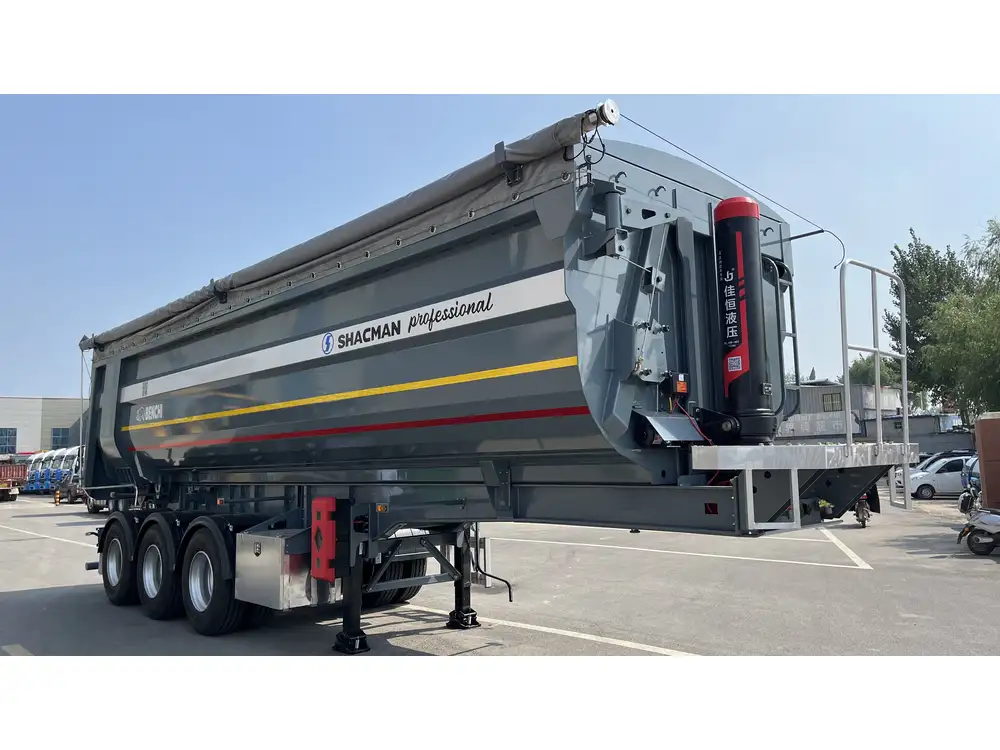
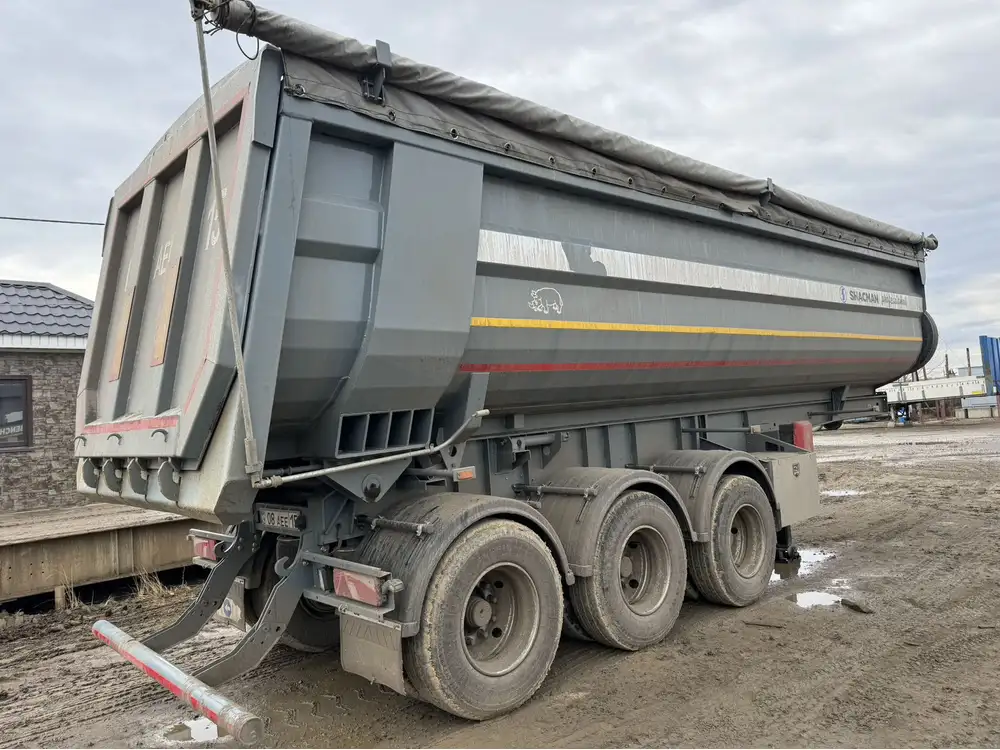
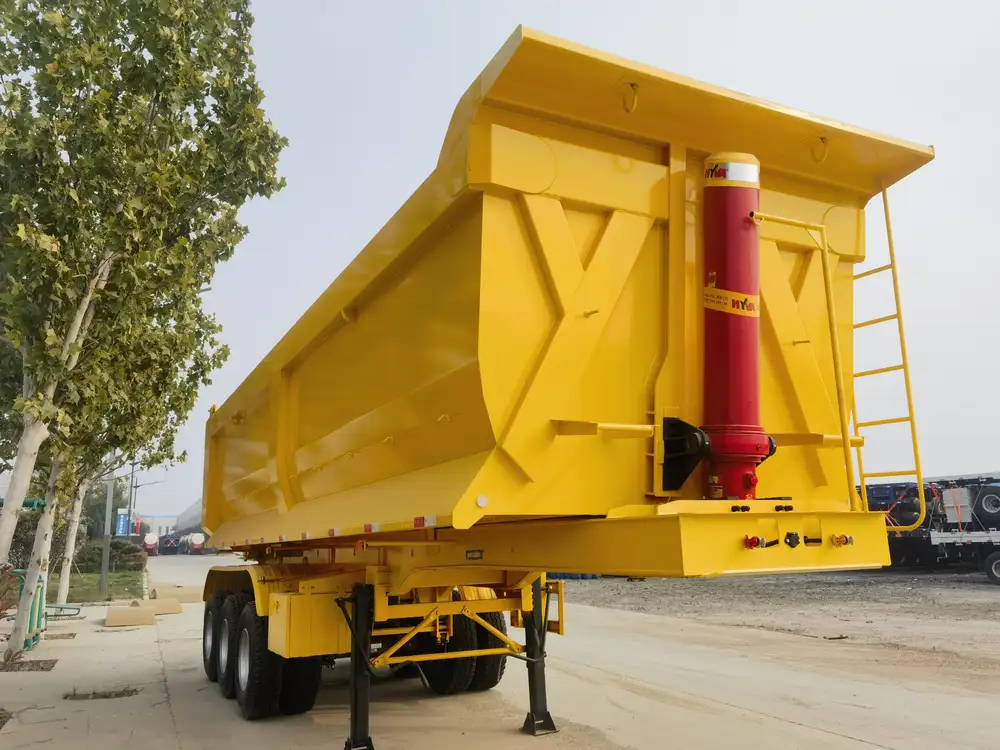
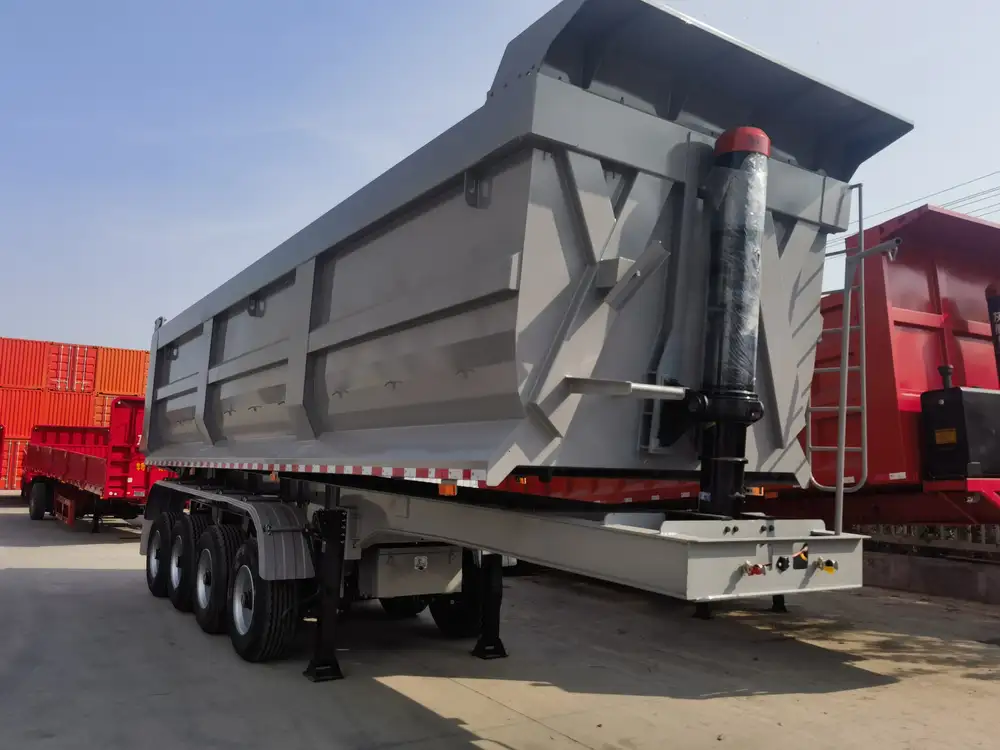
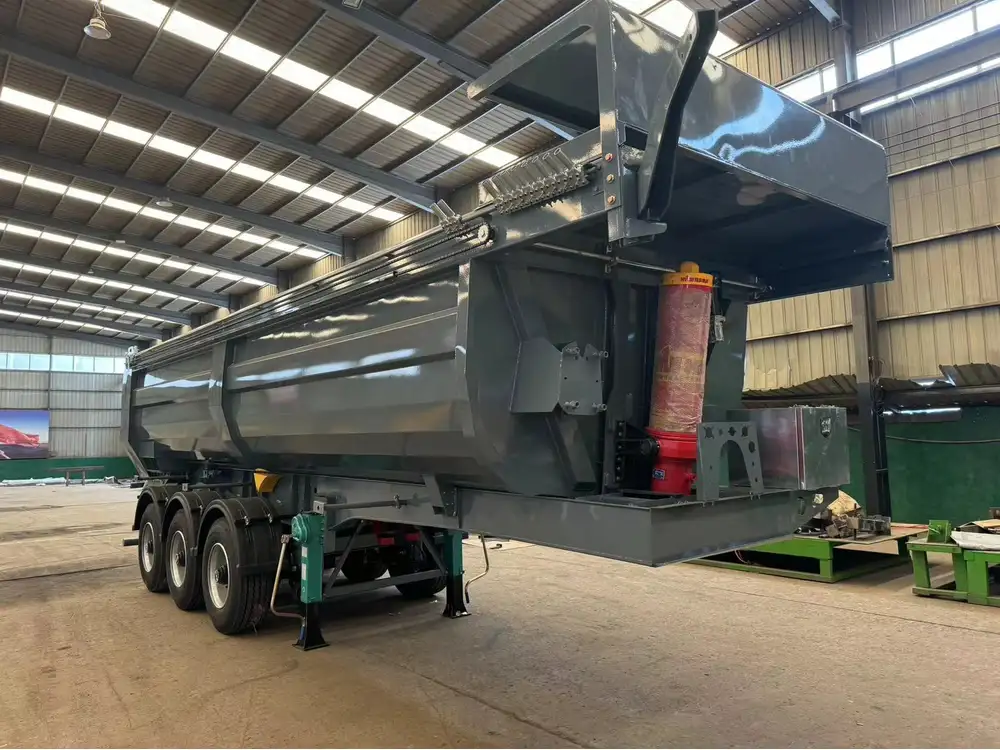
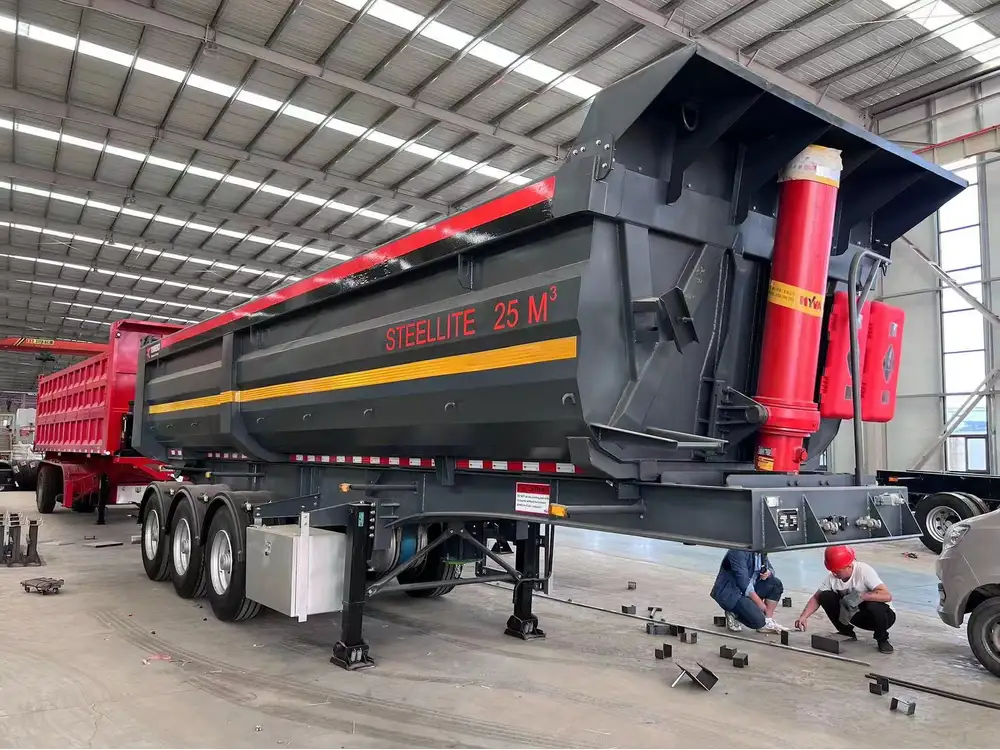
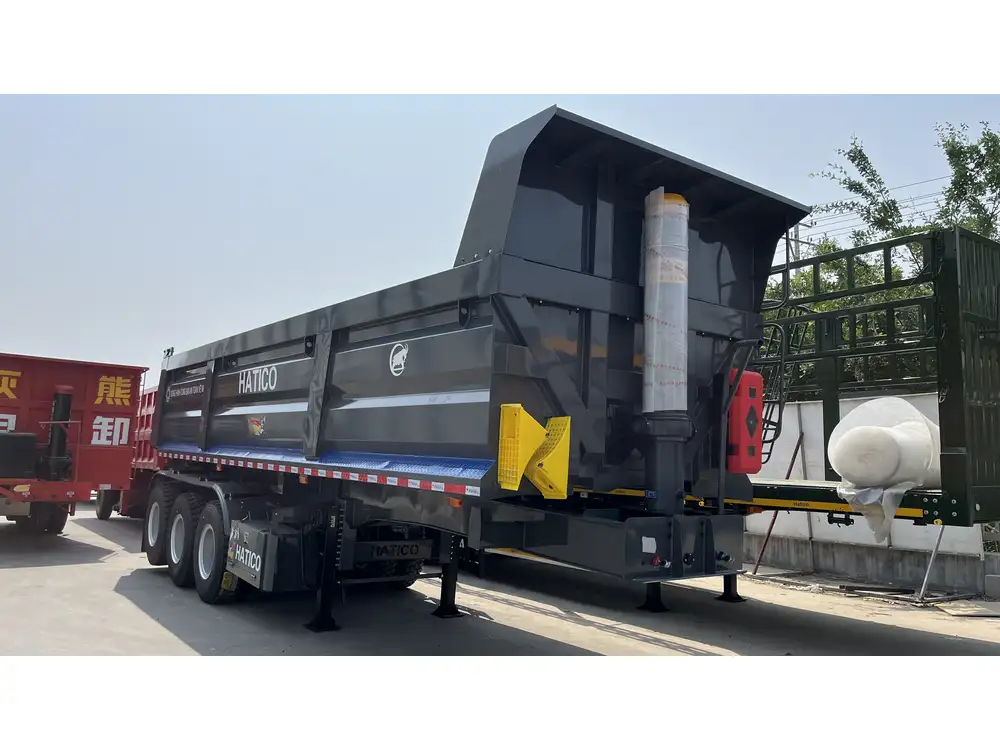
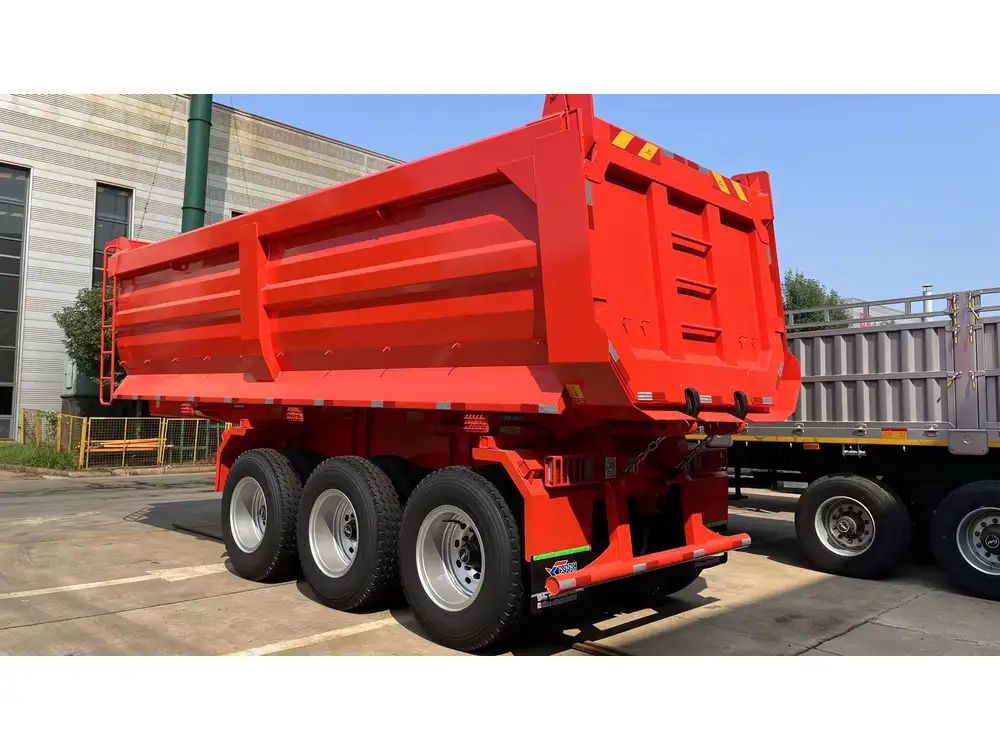
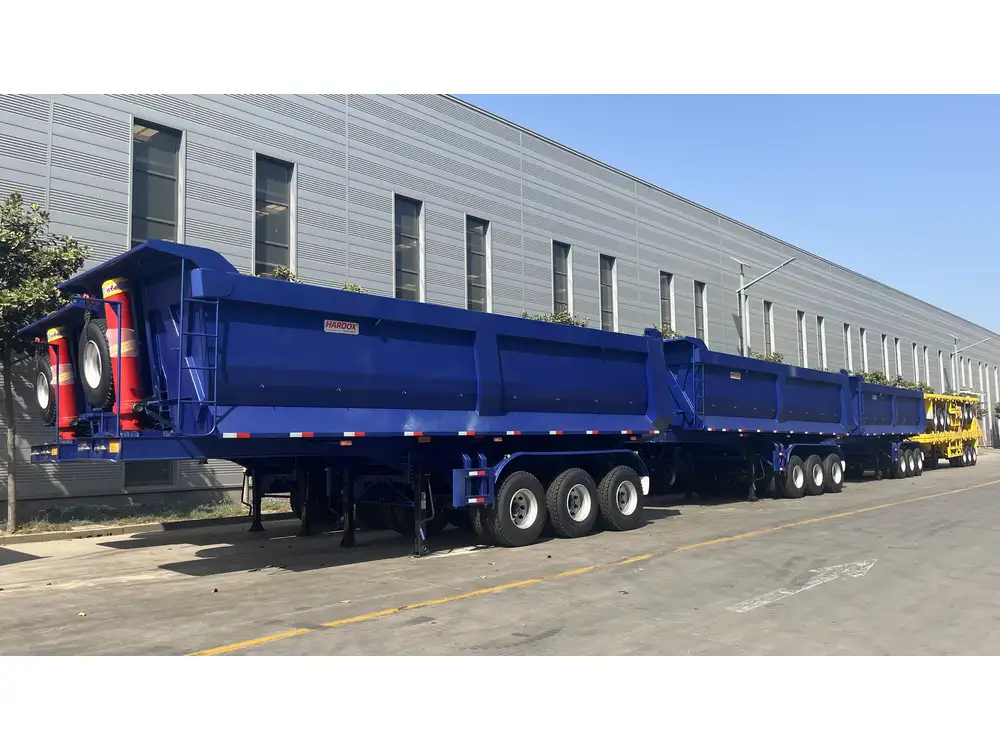


Reviews
There are no reviews yet.